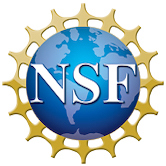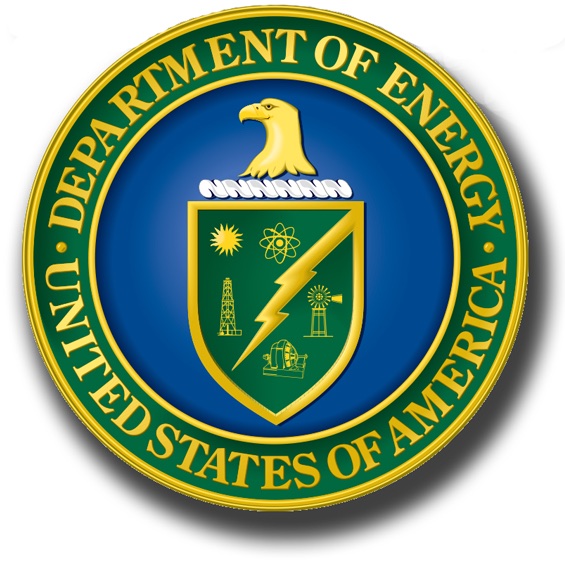Heat Transport Driven by Electron Temperature Gradient Modes in Tokamak Plasmas
T. Rafiq, C. Wilson, E. Schuster
11th ITER International School on “ITER Plasma Scenarios and Control”
San Diego, California, USA, July 25-29, 2022
A new model for the electron temperature gradient (ETG) modes is developed
for tokamak plasmas. This model is based on two-fluid reduced Braginskii
equations that govern the dynamics of low-frequency short-wavelength electromagnetic
toroidal ETG driven drift modes. The low collisionality NSTX discharge
is used to scan the plasma parameter dependence on the ETG real frequency,
growth rate, and electron thermal diffusivity. Sub-critical transport
due to ETG modes is discovered in the core region where modes have more
electromagnetic characteristics. Several previously reported gyrokinetic
trends are reproduced, including the stabilizing effects of steep temperature
and density gradients, reverse magnetic shear, large β and gradient of β,
large collisionality, destabilizing effects of safety factor and stabilizing
and destabilizing effects of toroidicity, where β is the ratio of plasma
pressure to the magnetic pressure. The electron heat diffusivity associated
with the ETG mode is discovered to be on a scale consistent with the experimental
diffusivity determined by power balance analysis. The developed ETG model
will be employed as a component of the Multi-Mode anomalous transport
module in the integrated modeling code TRANSP to predict a time dependent
electron temperature profile in conventional and low aspect ratio tokamaks.
*This research is supported by the U.S. Department of Energy, Office of Science, under Award Numbers DE-SC0013977 and DE-SC0021385.







